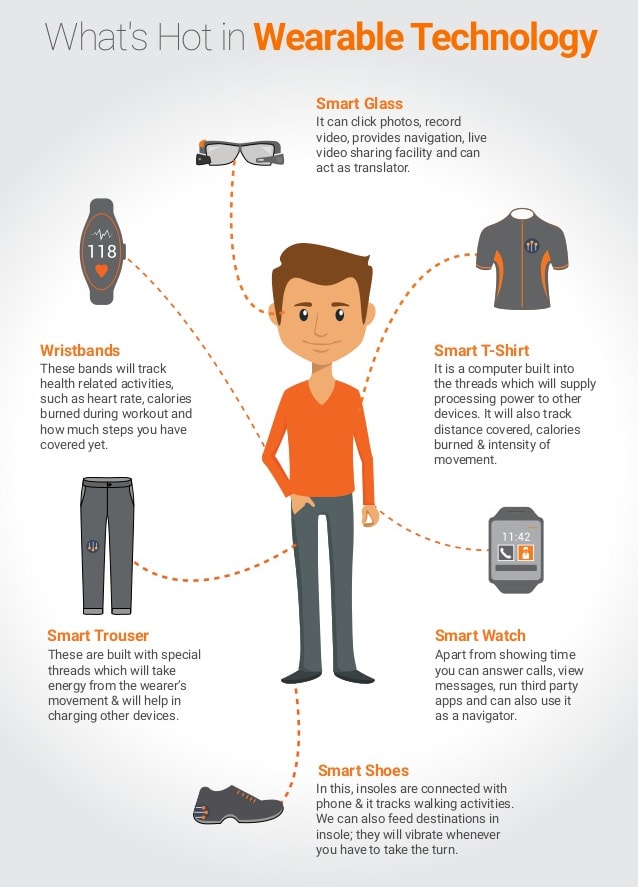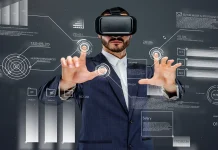Did you sleep well last night? Your handy dandy fitness tracker can tell you precisely the time in deep sleep, light sleep and even the minutes that you lay awake in bed. Sensors will detect walking, twitches during sleep, heart rate, calories and even grams of fat burned. Data is transmitted to a smart phone usually via Bluetooth. Whether you’re interested in your sleep quality or the number of calories burned on the treadmill, this information is literally at your fingertips.
Interactive technology that provides biofeedback is now a trend making waves, its users, according to The Economist, “are an eclectic mix of early adopters, fitness freaks, technology evangelists, personal-development junkies, hackers and patients suffering from a wide variety of health problems. What they share is a belief that gathering and analysing data about their everyday activities can help them improve their lives – an approach known as self-tracking, body hacking or self-quantifying.”
Technology is now no longer confined to your office table or pocket; it is now wearable as fitness trackers, smart watches, smart glasses, smart jewelry, smart shoes and even clothing. “As we have more and more sophisticated wearables that can continuously measure things ranging from your physical activity to your stress levels to your emotional state, we can begin to cross-correlate and understand how each aspect of our life consciously and unconsciously impacts one another,” says Vinod Khosla, a co-founder of Sun Micro and investor in mobile health startups.
![]() Until three years ago it was nearly impossible for ordinary people to get a read-out about the state of their bodies. Now dozens of wearable technology products have exploited the miniaturisation of computer components and the ubiquity of smart phones to create an industry that is expected to reach $50bn in sales by 2018, according to an estimate by Credit Suisse.
Until three years ago it was nearly impossible for ordinary people to get a read-out about the state of their bodies. Now dozens of wearable technology products have exploited the miniaturisation of computer components and the ubiquity of smart phones to create an industry that is expected to reach $50bn in sales by 2018, according to an estimate by Credit Suisse.
Wearable technology is the vision of interweaving technology into the everyday life, of making technology pervasive and interaction seamless. These devices are part of a new wave called the Internet of Things (IOT) or “Smart Everything,” referring to the increasing connectivity between humans and information from objects around us. It is thought that technology like phones or cameras might even get integrated into garments that fit personal style and the functionality that fits your lifestyle.
Calculator watches in the late 1970’s to digital hearing aids in 1987 and the Bluetooth headsets were the pioneers of wearables. Other memorable devices were the tie pin with a video camera and earrings with hidden microphones. As wearables such as Apple Watches and Fitbits gain traction, a rising number of startups are driving innovation in this space by incorporating clothes and accessories with super-smart technology.
The four major technical challenges that have to be addressed before truly flexible touch-enabled wearable products are commonplace are the display, the battery, the touch, and their integration.
If you are in the market for a wearable technology device, be it a fitness tracker, smart watch etc, here are some points to check before you empty your wallets:
- Battery life: How long will a charge last you? This is dependent on the sophistication of the technology, how much power it requires, battery type, and how you use the device.
- Screen type: Is it monochrome of full-color LED touch-screen displays.
- Water resistance: Make sure to check a smart the specs if this is important to you.
- Case and strap materials: Look out for hypo allergic materials in a variety colors for customisability.
- Apps: Before you make a buying decision, check out the available apps for the smart device you’re considering. Apps can add a lot to what you can do with your fitness tracker, smart watch or wearable camera.
- Most importantly check out whether your smart device is compatible with your android or iOS smartphone.
By Poonam Sagar





